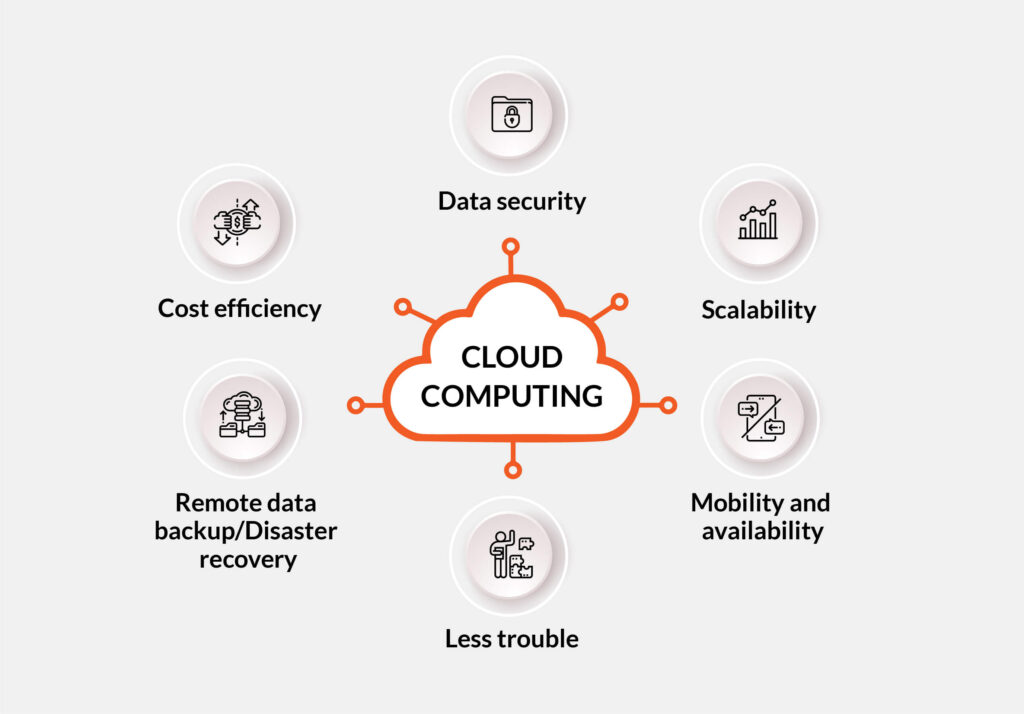A consortium of eight European IT organizations, including Arsys, BIT, Gdańsk University of Technology, Infobip, IONOS, Kontron, MONDRAGON Corporation, and Oktawave, has introduced virt8ra, a multi-provider edge cloud solution tailored for Europe.
Headed by OpenNebula Systems, a Spanish open-source firm, the initiative aims to establish a flexible infrastructure that links numerous cloud providers. The initial launch encompasses six EU countries: Croatia, Germany, the Netherlands, Poland, Slovenia, and Spain.
This endeavor falls under the Important Project of Common European Interest on Next Generation Cloud Infrastructure and Services (IPCEI-CIS). Authorized by the European Commission in December 2023, the project involves 12 EU nations and over €3 billion in funding from both public and private sectors.
At the heart of the project lies an open-source software stack for virtualization, developed by a network of more than 30 European companies. The primary focus is on creating a vendor-neutral framework designed to manage the increasing convergence of cloud and edge computing, known as the cloud-edge continuum.
Addressing Europe’s cloud challenges
Virt8ra is set to address a critical issue in Europe’s digital landscape: overreliance on large, non-European cloud providers. The infrastructure is engineered to handle a variety of distributed computing services, ranging from 5G cell towers to data centers. This makes it particularly suitable for applications where low latency is crucial, such as smart factories, connected vehicles, remote surgery, and wildfire management.
By offering an open-source alternative to the dominant proprietary cloud providers, virt8ra assists EU enterprises and governments in reducing their dependence on hyperscalers and Big Tech firms, thereby supporting Europe’s quest for enhanced technological sovereignty.
Features and future development
The initial release of virt8ra already showcases key functionalities. A unified control plane enables users to manage physical resources, virtual machines, and Kubernetes clusters across different cloud providers. The infrastructure has been crafted with a focus on portability, facilitating easy deployment and migration of applications across diverse locations.
The project continues to evolve. Plans are in place to extend the system’s coverage, incorporate additional locations, and introduce advanced features tailored for next-generation scenarios, such as edge-based AI applications. These anticipated advancements aim to meet the evolving needs of European businesses in a complex digital landscape.
Barriers in the current cloud market
Despite the potential benefits of initiatives like virt8ra, the European cloud market encounters several challenges. Customers often face high costs, including data egress fees, and encounter interoperability issues across providers. Migration processes can also be cumbersome, impeding service transitions.
The forthcoming EU Data Act, scheduled for implementation in September 2025, seeks to alleviate these challenges by promoting smoother transitions between cloud and edge service providers. Virt8ra aligns with this legislation, offering an open-source technology stack designed to streamline transitions.
According to Ignacio M. Llorente, CEO of OpenNebula Systems, virt8ra signifies a significant milestone in reshaping Europe’s cloud landscape. “The virt8ra testbed marks a pivotal moment in how EU tech leaders are collaborating to enhance the EU cloud market. We are establishing a sovereign cloud-edge continuum based on vendor neutrality and European open source,” he remarked.
(Photo by Unsplash)
See also: AI boom sparks next wave of cloud storage expansion
Interested in learning more about cybersecurity and cloud technology from industry experts? Explore Cyber Security & Cloud Expo happening in Amsterdam, California, and London.
Discover other upcoming enterprise technology events and webinars powered by TechForge here.



